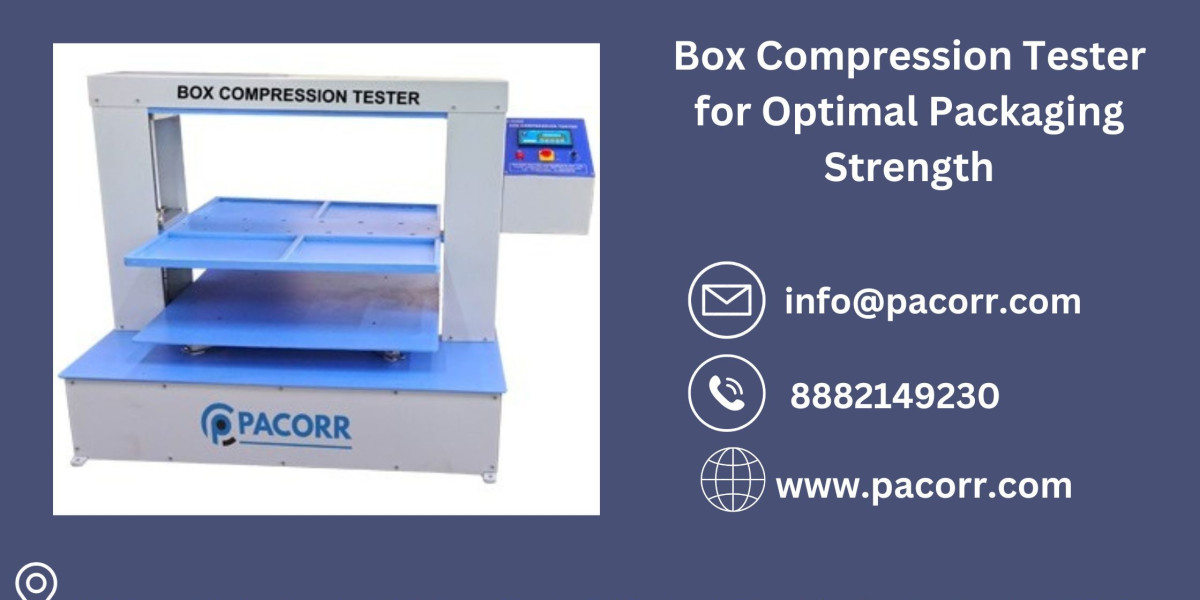In today’s fast-paced business environment, customer satisfaction is essential for long-term success. Satisfied customers are more likely to return, recommend your products or services to others, and help your brand grow. But how can you measure if your customers are truly satisfied? The answer lies in understanding the different levels of satisfaction that customers experience throughout their journey with your brand. In this blog post, we’ll break down the five crucial levels of customer satisfaction that every business must focus on to build strong, lasting relationships with customers.
1. Basic Satisfaction: Meeting Fundamental Expectations
The first level of customer satisfaction is basic satisfaction. At this stage, customers have minimal expectations—they simply want the product or service to perform as promised. If you sell a smartphone, for example, customers expect it to make calls, send texts, and work without issues. This is the baseline of customer satisfaction.
While meeting these basic needs is important, it’s not enough to create customer loyalty. Customers will likely be content, but they won’t necessarily feel emotionally connected to your brand. If a competitor comes along offering a similar product, they might make the switch.
How to Achieve Basic Satisfaction:
- Meet Expectations: Ensure that your product or service delivers what it promises without fail.
- Quality Assurance: Regularly inspect your products or services to ensure they meet high standards.
- Clear Communication: Be transparent in your marketing and avoid overpromising to prevent customer disappointment.
2. Performance Satisfaction: Exceeding Expectations
Once the customer’s basic expectations are fulfilled, they begin evaluating how well the product or service performs in real-life scenarios. Performance satisfaction is about going beyond the basics and delivering quality, efficiency, and smooth operation.
For example, a fast-food restaurant may serve delicious food, but if the service is slow or the meal arrives cold, customers won’t be fully satisfied. At this stage, customers are looking for consistency in how well the product works, how fast the service is, and how convenient the experience is.
How to Achieve Performance Satisfaction:
- Streamline Operations: Look for ways to improve speed and efficiency, ensuring a smooth and hassle-free experience for customers.
- Focus on Usability: Make sure your products or services are easy to use and perform well under different circumstances.
- Continuous Improvement: Always monitor performance and look for areas to optimize, whether through better training, better technology, or improved processes.
3. Emotional Satisfaction: Connecting on a Personal Level
At this level, customer satisfaction becomes more about how the customer feels during their experience with your brand. Emotional satisfaction refers to the personal connection and positive feelings customers have when interacting with your business.
For instance, a customer shopping for a luxury watch might be impressed with the product’s quality, but the real value comes from the experience of being treated with care and respect. A personalized greeting, tailored advice, and attention to detail can make a huge difference in how the customer feels about their purchase.
How to Achieve Emotional Satisfaction:
- Create a Welcoming Atmosphere: Ensure that your physical or digital space feels inviting and enjoyable.
- Train Staff in Empathy: Encourage staff to engage with customers in a friendly, respectful, and personalized way to create a positive emotional experience.
- Offer Personalization: Leverage customer data to provide tailored recommendations, rewards, and services that make customers feel recognized and valued.
4. Interaction Satisfaction: Building Positive Engagements
Interaction satisfaction is about the quality of the customer’s interactions with your business at every touchpoint. Whether they are making a purchase, seeking help, or resolving an issue, the way you engage with customers plays a key role in their overall satisfaction.
If a customer reaches out for support and is met with a slow, unhelpful response, their experience will be negatively impacted. However, if your team provides prompt, empathetic, and efficient support, the customer is likely to leave the interaction feeling satisfied, even if there was an issue in the first place.
How to Achieve Interaction Satisfaction:
- Provide Excellent Customer Service: Ensure your team is well-trained and equipped to handle inquiries efficiently and professionally.
- Be Available Across Channels: Make it easy for customers to reach out via phone, email, chat, or social media. Offering multiple communication options enhances customer satisfaction.
- Resolve Issues Quickly: When customers have concerns or problems, address them as quickly as possible. A fast response shows customers that you care about their experience.
5. Value Satisfaction: Offering More Than Expected
The highest level of customer satisfaction is value satisfaction. This goes beyond just providing a good product at a fair price—it’s about offering customers an overall experience that makes them feel like they’re getting more than what they paid for. Customers at this level feel that the combination of quality, service, and benefits they receive justifies the cost and makes the purchase worthwhile.
For instance, a customer who buys a high-end kitchen appliance may pay a premium price, but if the product is durable, comes with additional features, and is backed by excellent customer service, the customer will feel that they’ve received good value for their money.
How to Achieve Value Satisfaction:
- Ensure High-Quality Products: Never compromise on product quality. Make sure your offerings meet or exceed customer expectations.
- Offer Fair Pricing: While offering the lowest price may not always be feasible, ensure your pricing reflects the quality and benefits customers receive.
- Provide Extra Perks: Consider offering loyalty programs, discounts, or extended warranties that add value to the customer’s purchase beyond the product itself.
Conclusion
Achieving customer satisfaction requires more than just delivering a product—it involves addressing each of the five key levels of satisfaction: basic, performance, emotional, interaction, and value. By excelling at each level, you can create a customer experience that fosters loyalty, increases retention, and drives positive word-of-mouth.
When businesses understand and cater to these levels of satisfaction, they create stronger connections with their customers, resulting in long-term success. Satisfied customers are more likely to return, spend more, and recommend your brand to others. To ensure your brand stands out, make sure you’re meeting and exceeding expectations at every level of the customer journey. For guidance on enhancing your customer satisfaction strategies, partnering with experts like Aspen Media can help you fine-tune your approach and drive superior results.







